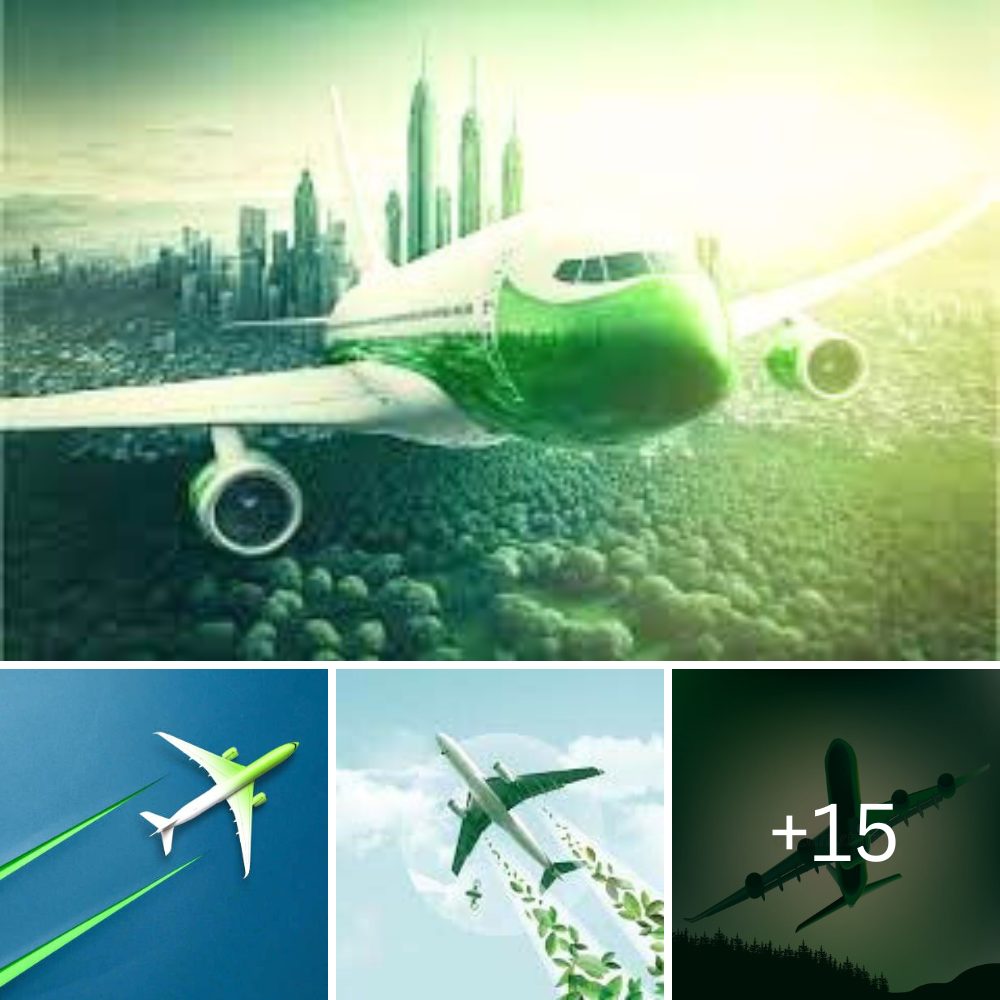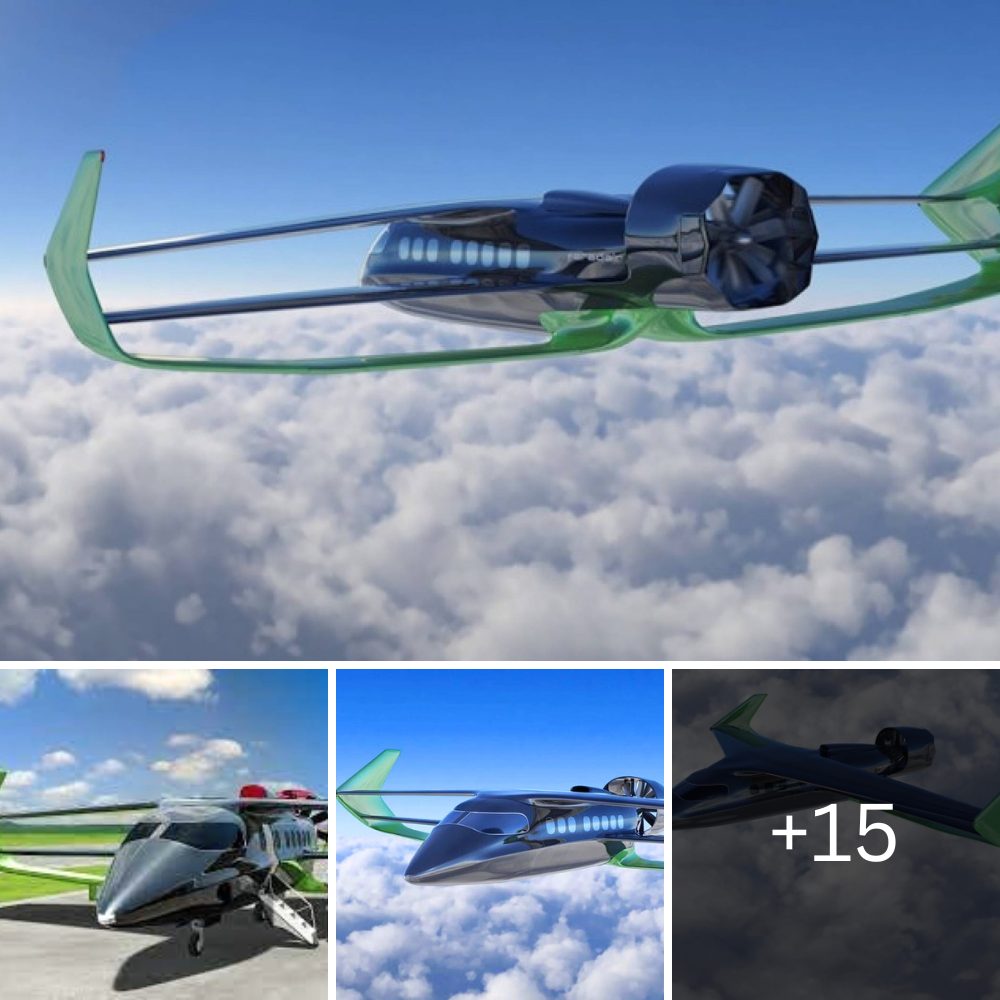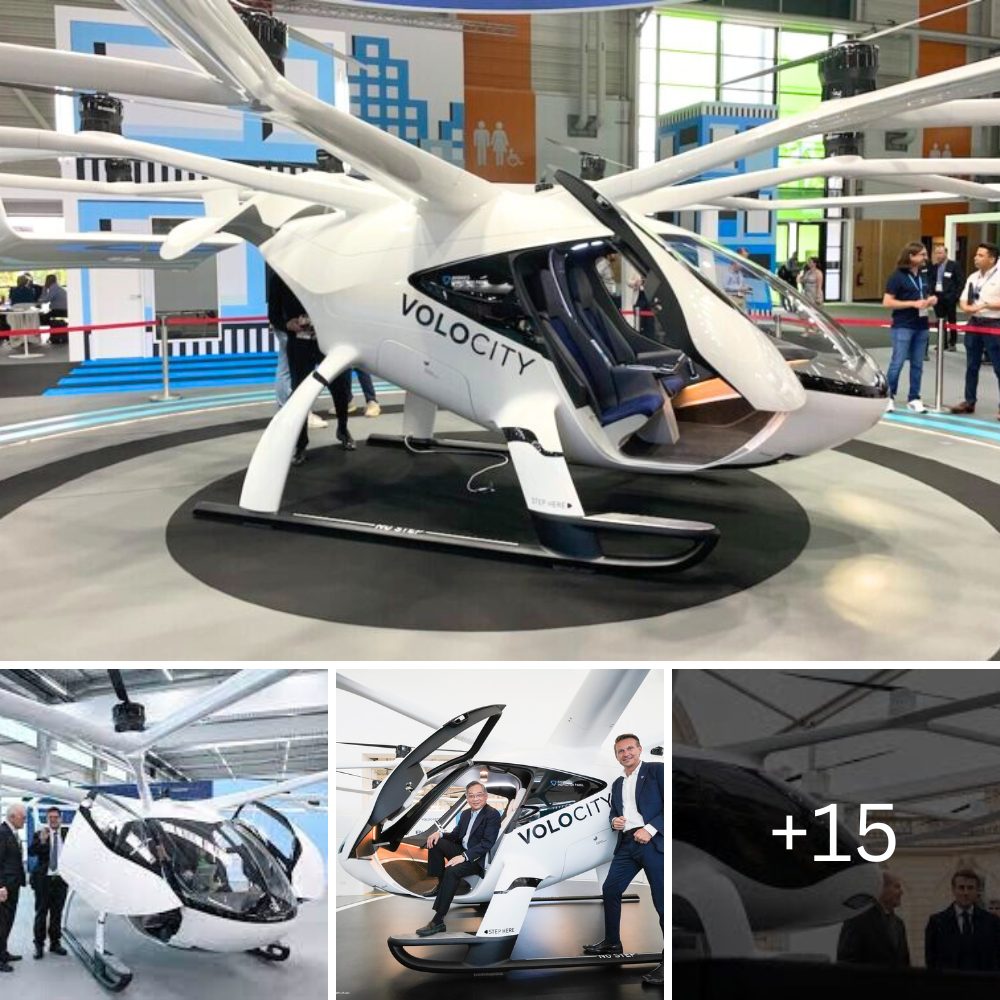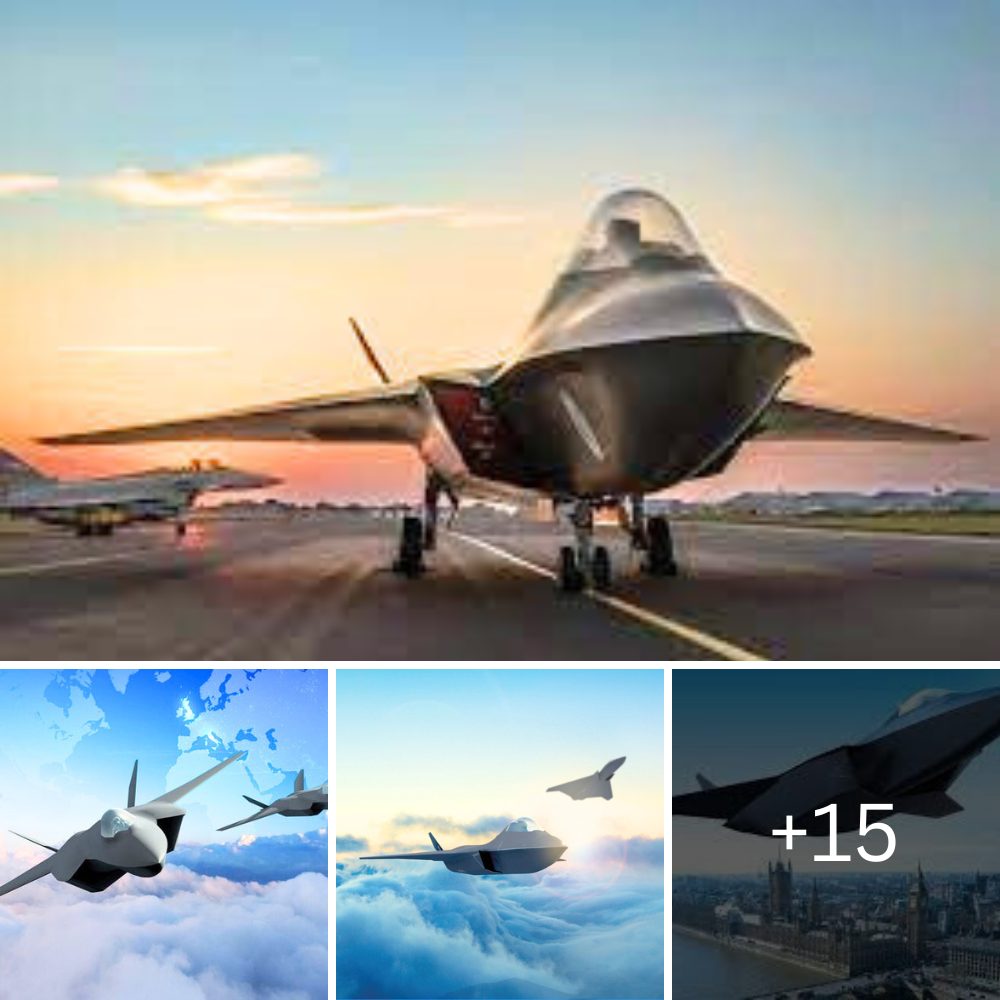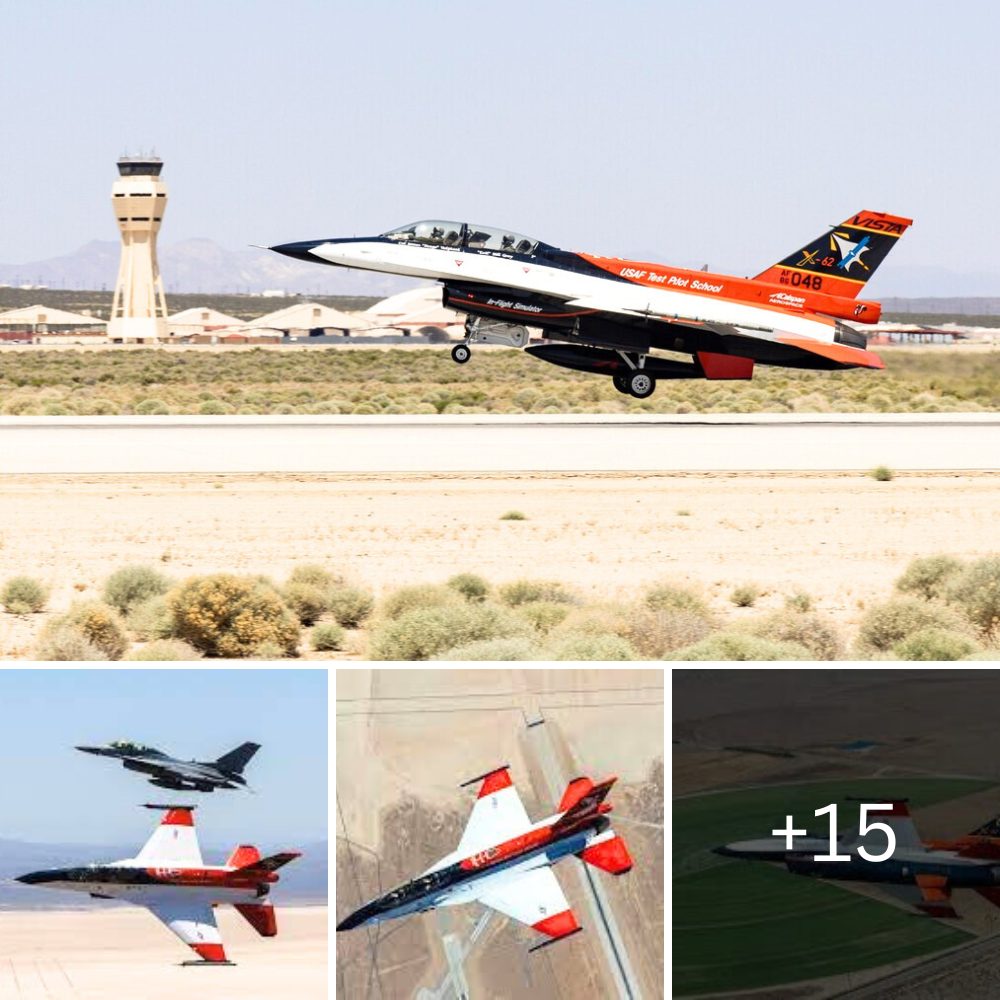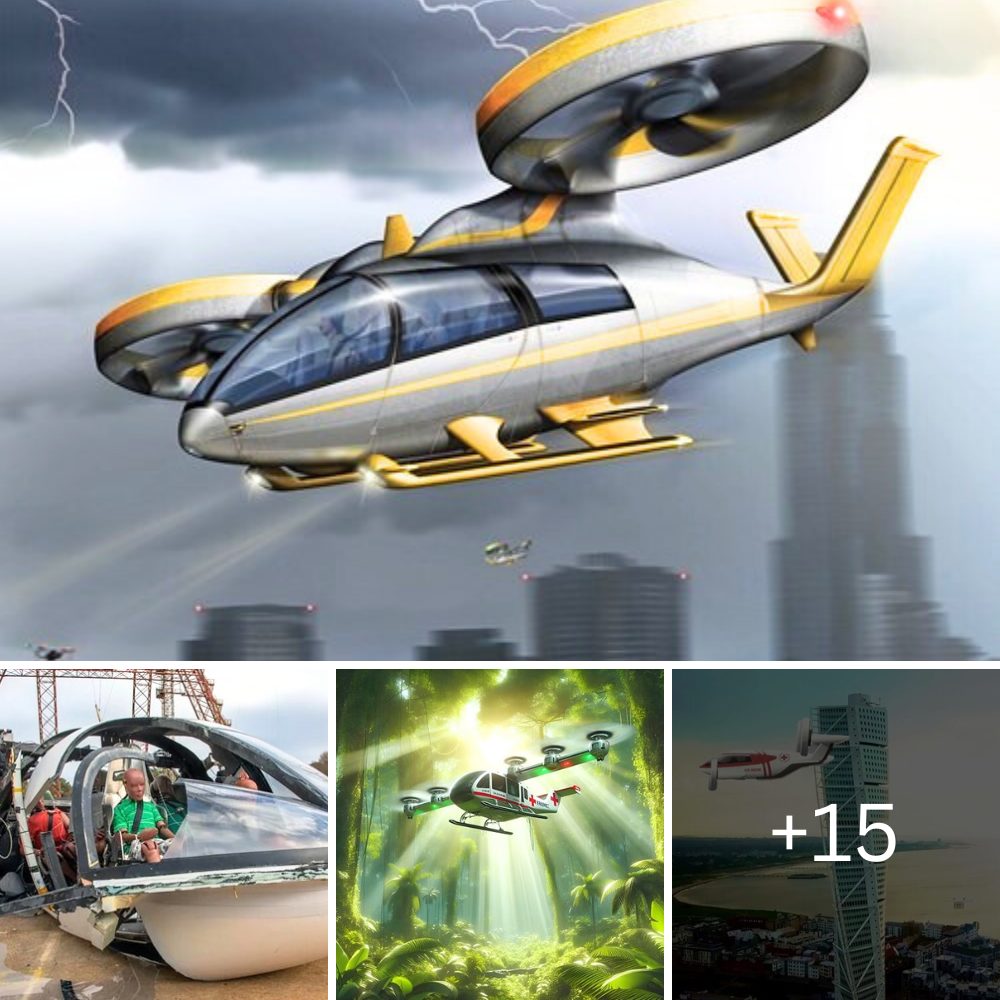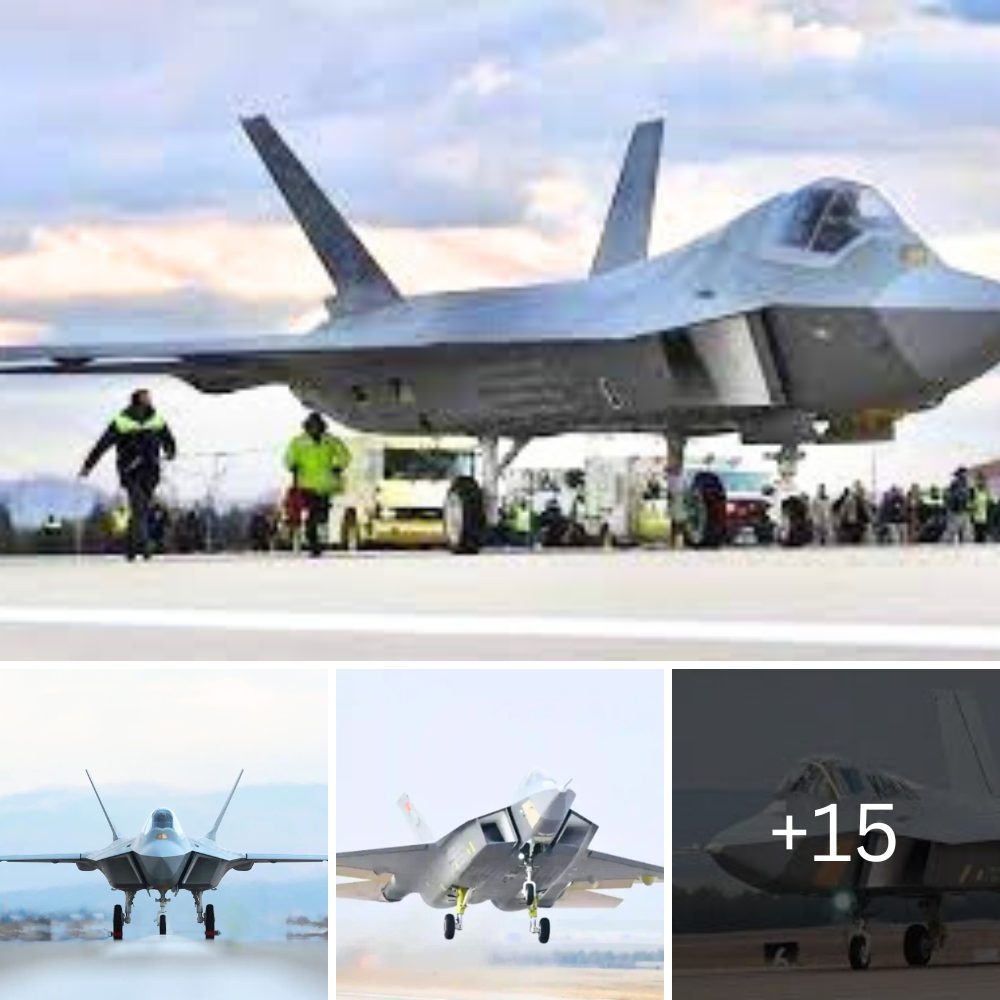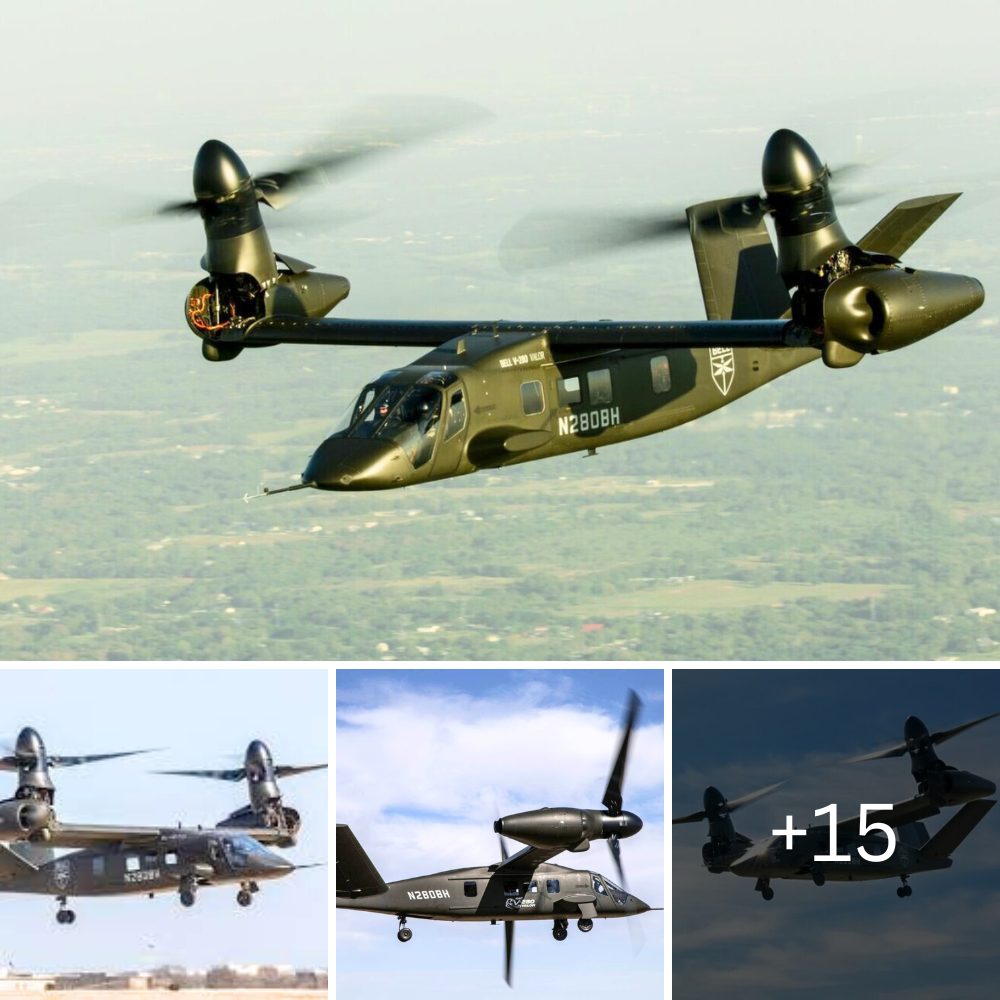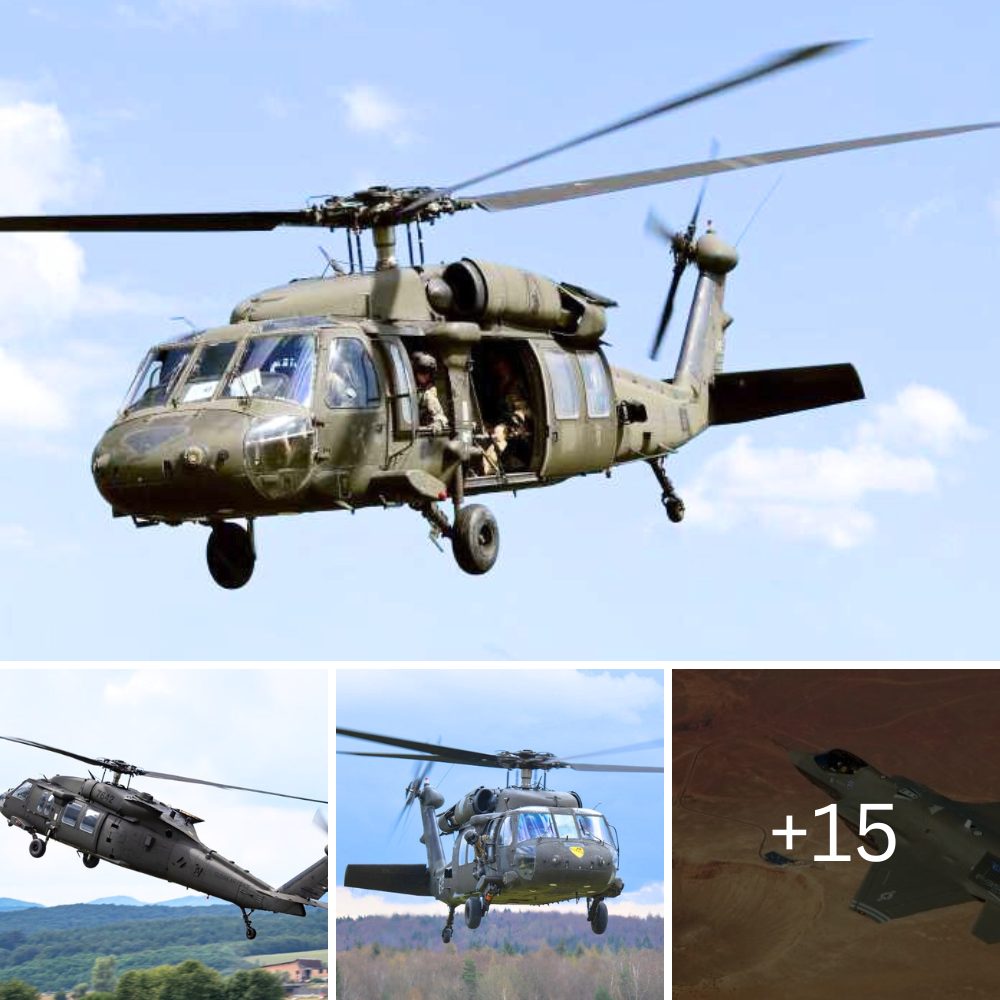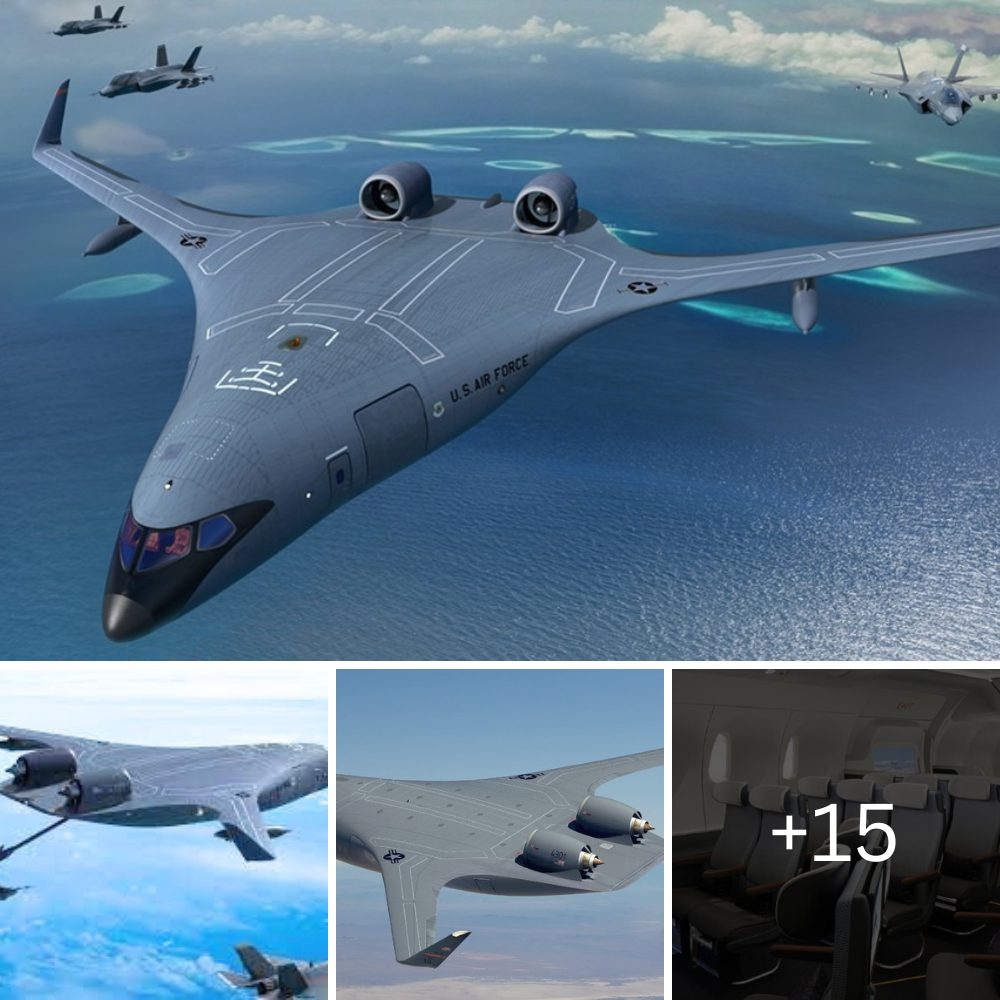From Hong Kong (China) to Los Angeles (USA) 11,640km long in just 2 hours is ambitious…
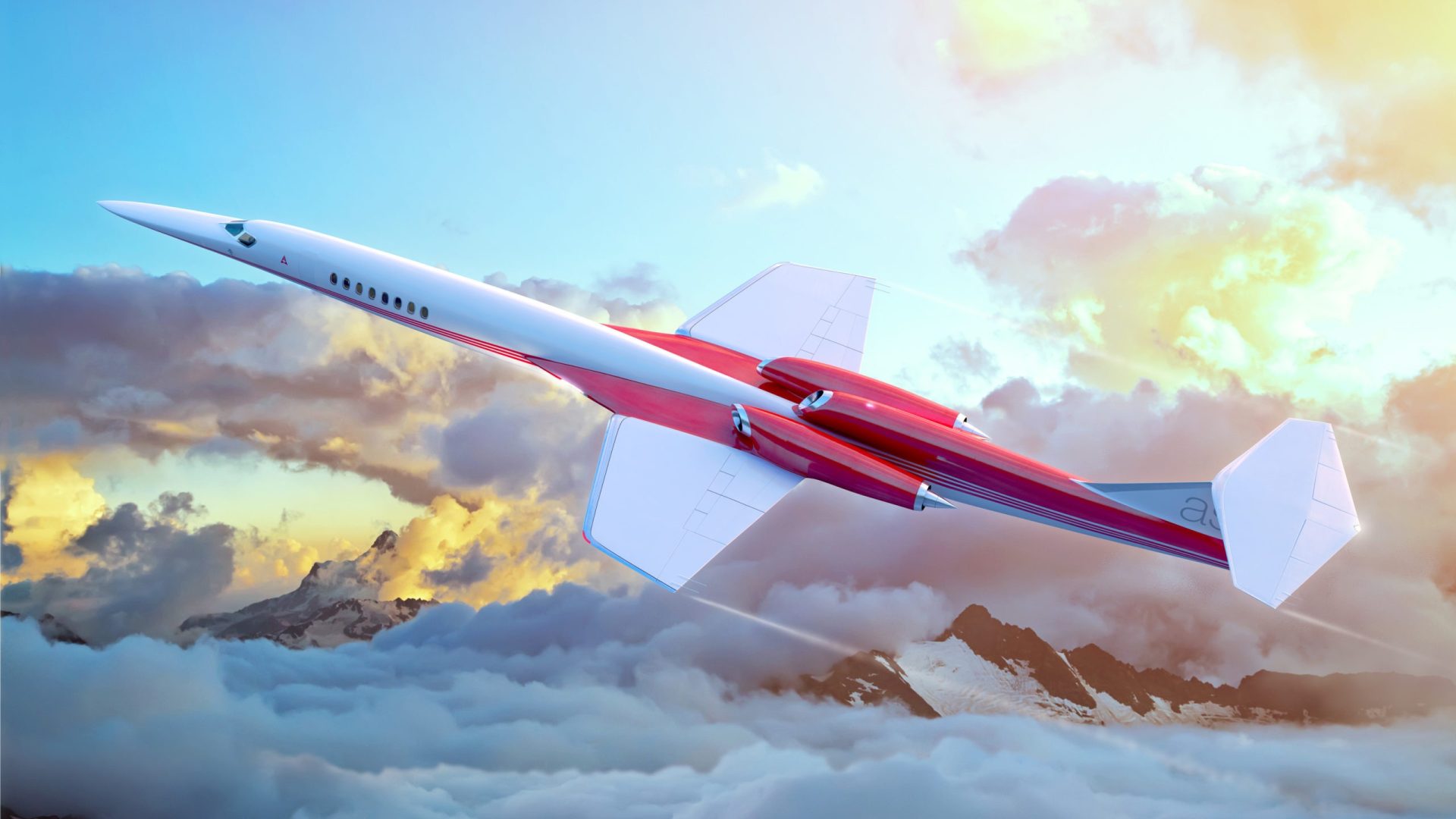
From Hong Kong (China) to Los Angeles (USA) 11,640km in just 2 hours is the ambition that supersonic aircraft designs are developing and promising to achieve. But according to experts, this type of aircraft currently does not have much “land” to develop because of factors such as commercial, technical and legal efficiency.
Revolution in commuting
The developed world in the era of airplanes is booming. The number of aircraft worldwide will double in the next 20 years, according to statistics from aircraft manufacturer Airbus.
In addition, with the United Nations predicting that the world’s population will reach nearly 10 billion by 2050, the aviation industry is considered to be in a good position to continue to grow. Despite such a positive outlook, up to now, the aircraft speed has remained unchanged compared to the 50s of the 20th century.
Although planes can now fly longer distances and for longer than ever before, speeds have not improved. Therefore, the advent of aircraft designs with supersonic speed is attracting a lot of attention.
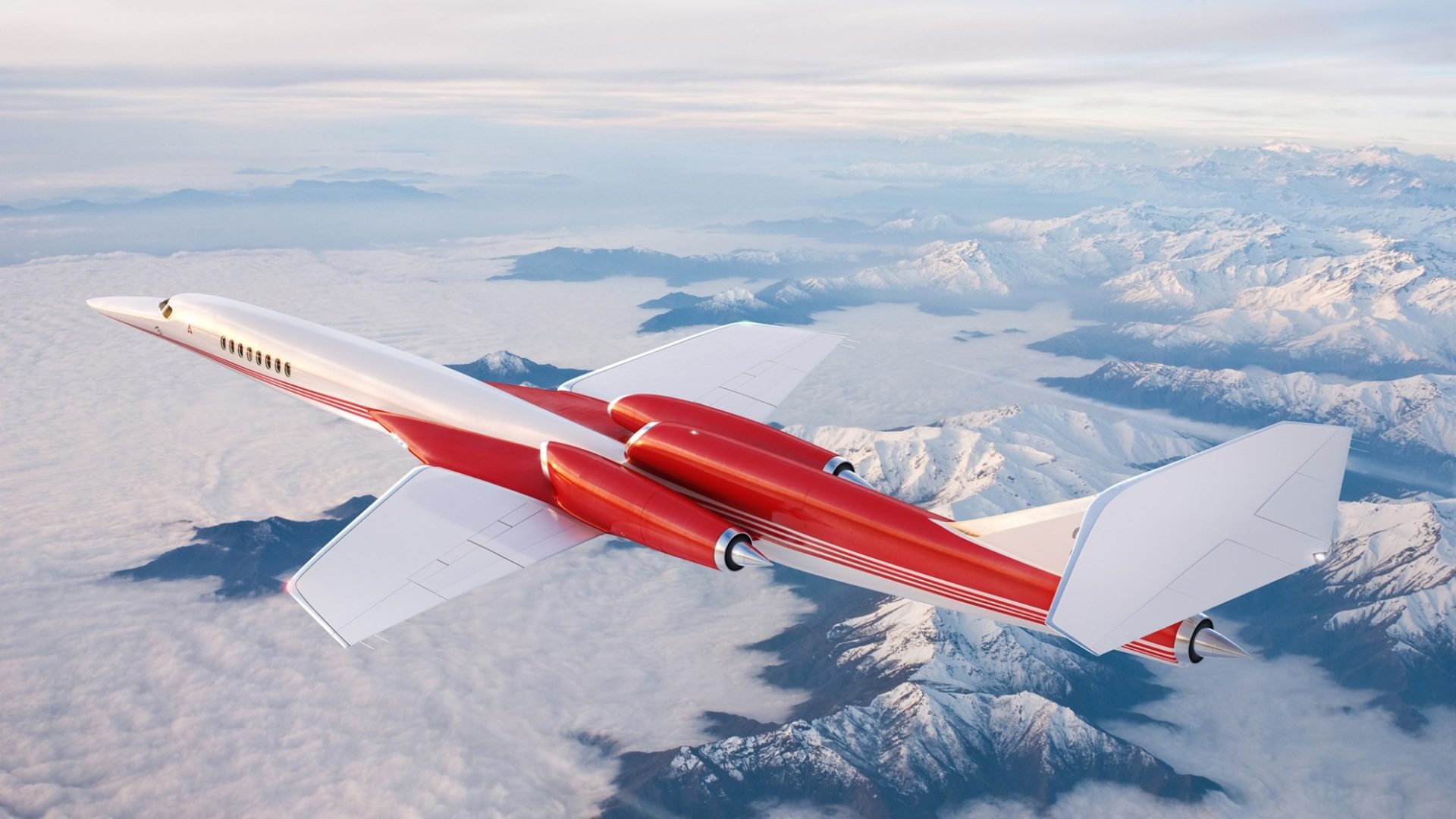
According to some manufacturers, supersonic aircraft at the prototype stage can go from Hong Kong to Los Angeles in just 2 hours or to Sydney in just 2.5 hours.
What does Supersonic mean? Supersonic is traveling at a speed faster than the speed of sound – equivalent to 1,235km/h. This speed was first achieved by American pilot Chuck Yeager in 1947 on a Bell X-1 aircraft. The first Concorde supersonic aircraft was born in 1967, considered the fastest passenger aircraft in the world at that time.
But Concorde was “dead” in October 2003, after only 27 years of operation after an accident that killed 113 people while taking off at Charles de Gaulle airport (France) in 2000. Supersonic planes currently promises to carry passengers from point A to point B at twice the speed of sound.
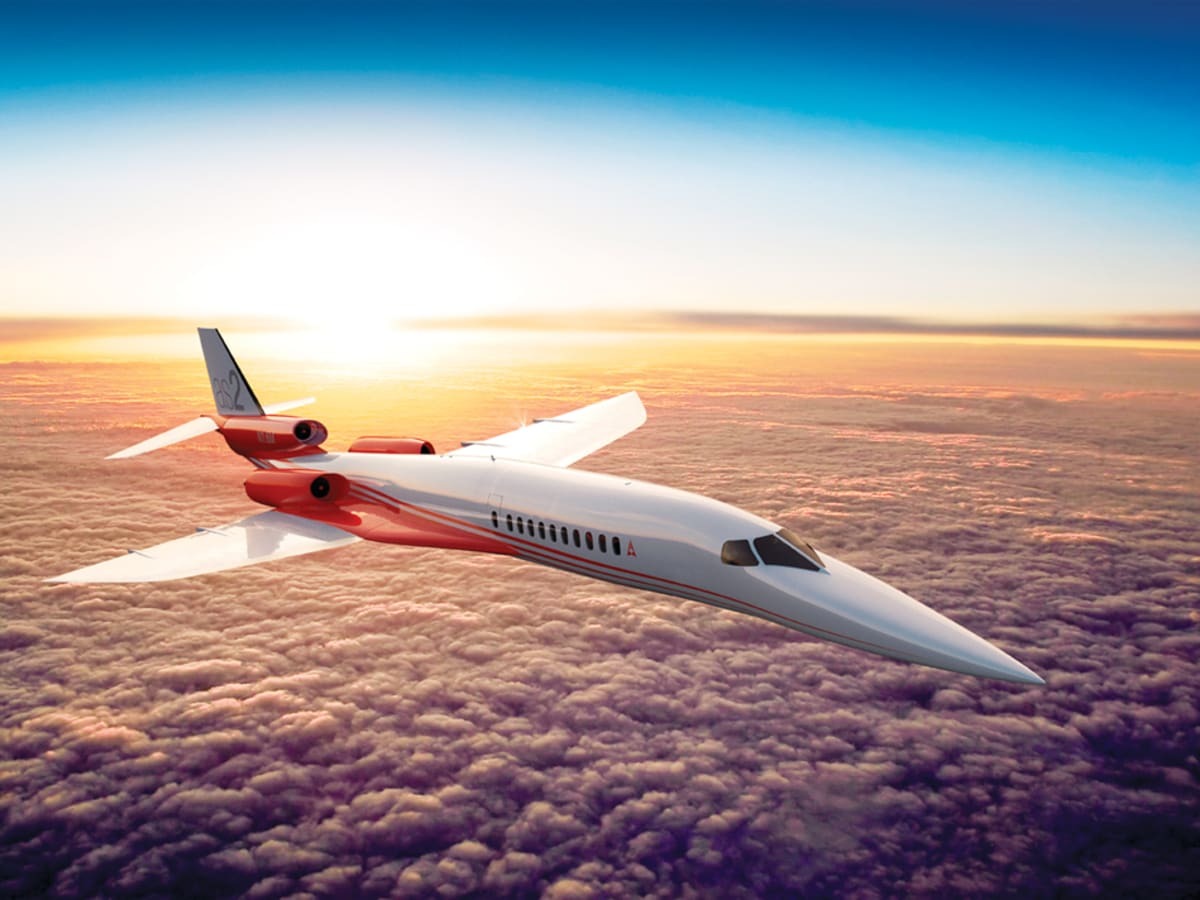
Up to now, the most commercial flying vehicle is the Aerion AS2. Designed by Nevada-based Aerion, the AS2 supersonic aircraft is expected to reach speeds of Mach 1.5 and can carry 12 people.
The XB-1 Supersonic Demonstrator, called “Baby Boom” by Boom Technology Corporation, promises to take passengers from New York to London in 3 hours with a cruise speed of Mach 2.2 (equivalent to 2,335km/h). ), can carry up to 45 people.
Some other aircraft such as the HyperStar that promises a top speed of Mach 5, can carry 20-36 people or the Spike S-512 can fly at Mach 1.6 and carry up to 22 people.
Big challenges
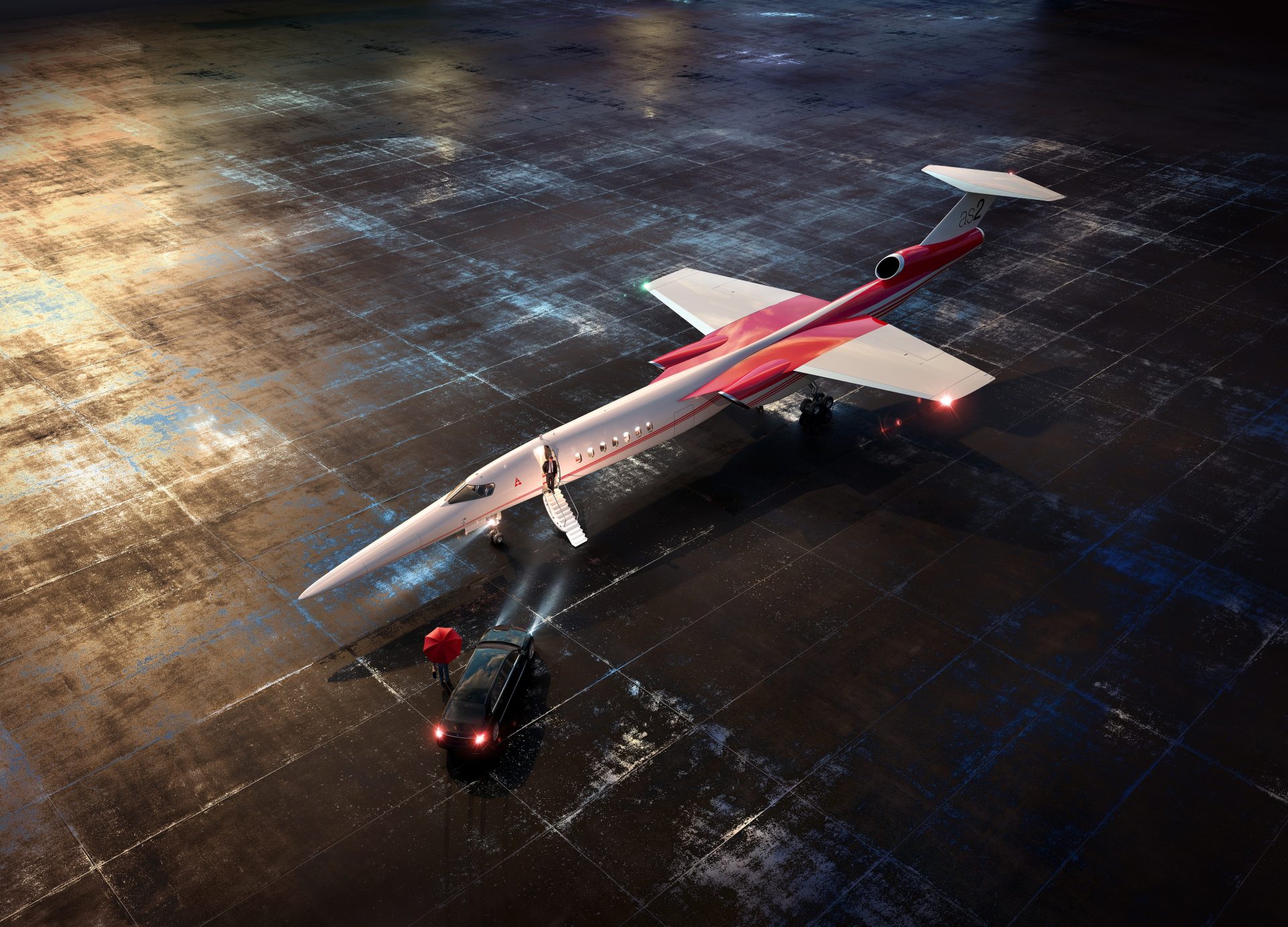
Many people think these high-speed airplane designs will revolutionize the way people get from point A to point B, but technically and commercially, the age of supersonic aircraft is still a long way off.
Commercial first, the majority of supersonic aircraft are in the prototype stage and the finished versions cost upwards of $100 million. In addition, experts cannot be sure about the tastes of air passengers.
“We have planes that can fly 18-19 hours non-stop, but I’m not sure if people want to pay big money to fly from London to New York in less than two hours,” said Shukor Yusof of Endau Analytics. , said the Malaysia-based Aviation and Economic Research Company.
The expert said that, although the prospects for supersonic aircraft are great, it is probably a matter of at least the next 10 years.
Currently, the aviation market is still very popular with low-cost aircraft. “That’s why airlines like: AirAsia, Ryanair and EasyJet thrive. I don’t know if the public will be interested in supersonic aircraft, while with the current types of aircraft, we have been enjoying quite good benefits,” Yusof said.
On the other hand, if supersonic aircraft are successfully developed, the longest routes from the US to Asia and Australia could save a lot of time.
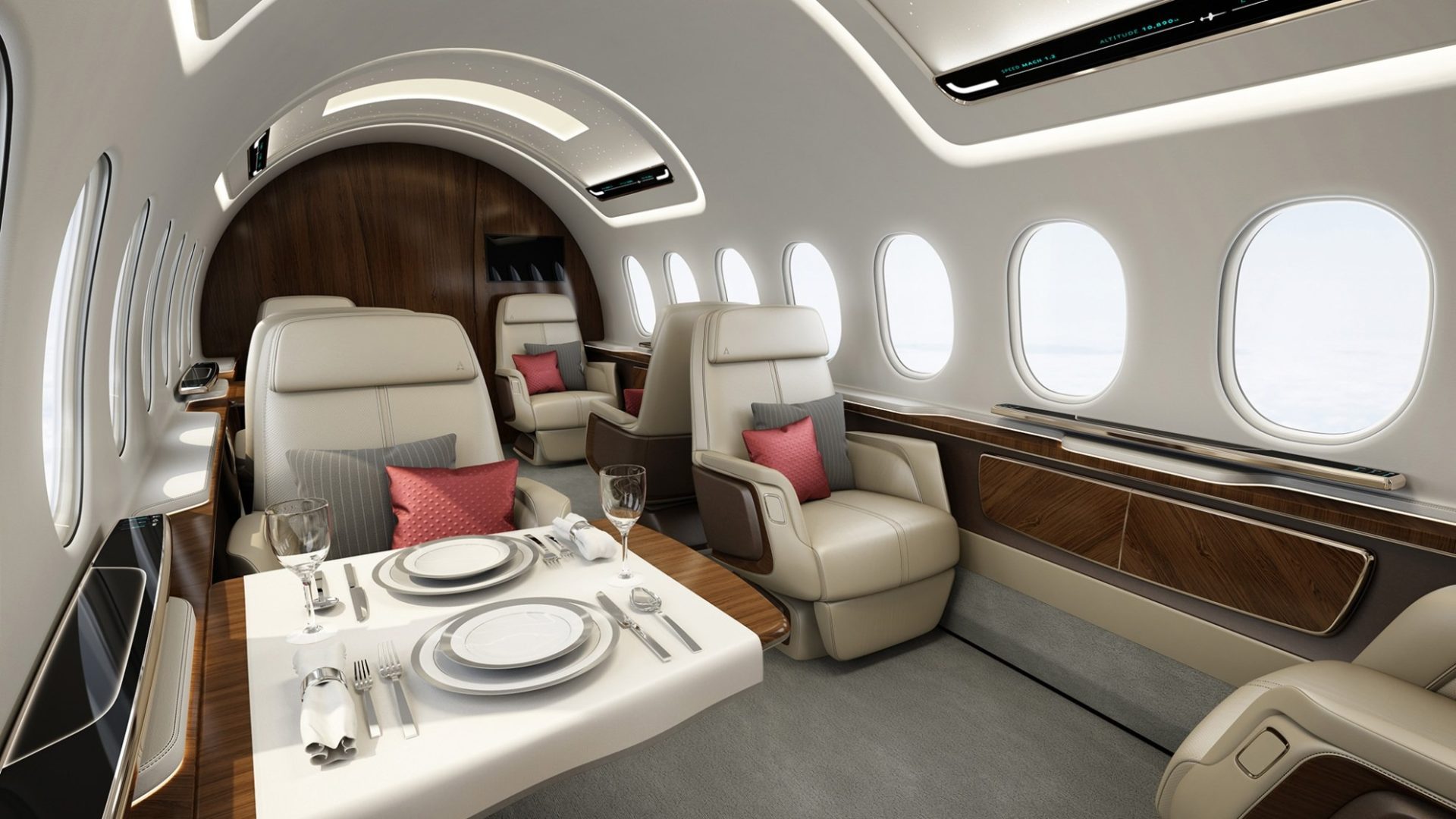
But shorter journeys do not enjoy such benefits. Not to mention, some areas like China limit and control aircraft altitude, speed, and flight corridors. Therefore, supersonic aircraft cannot operate at full capacity and maximize efficiency.
“If flying from Beijing to Hong Kong, the supersonic aircraft would have to fly at the same range and speed as all other commercial aircraft,” said Jeffrey C. Lowe, managing director of Air Services Company. Hong Kong-based Asian Sky Group said.
Although regulations that hinder civil supersonic aircraft are being considered, re-evaluated. However, in the future, even if civil supersonic aircraft are allowed to operate, these vehicles still have to travel at speeds not equal to the speed of light.
Another problem affecting the prospects of supersonic aircraft is that when an object travels through the air at a speed faster than the speed of sound, it will create very large explosions due to air pressure.
“This is an important issue and a challenge to overcome,” said Mr. Lowe, emphasizing: “All manufacturers are looking to solve the problem in different directions.”
According to him, some manufacturers are looking for ways to “suppress” the sound, others “to minimize”, while many corporations want and value changing the first legal barrier.

